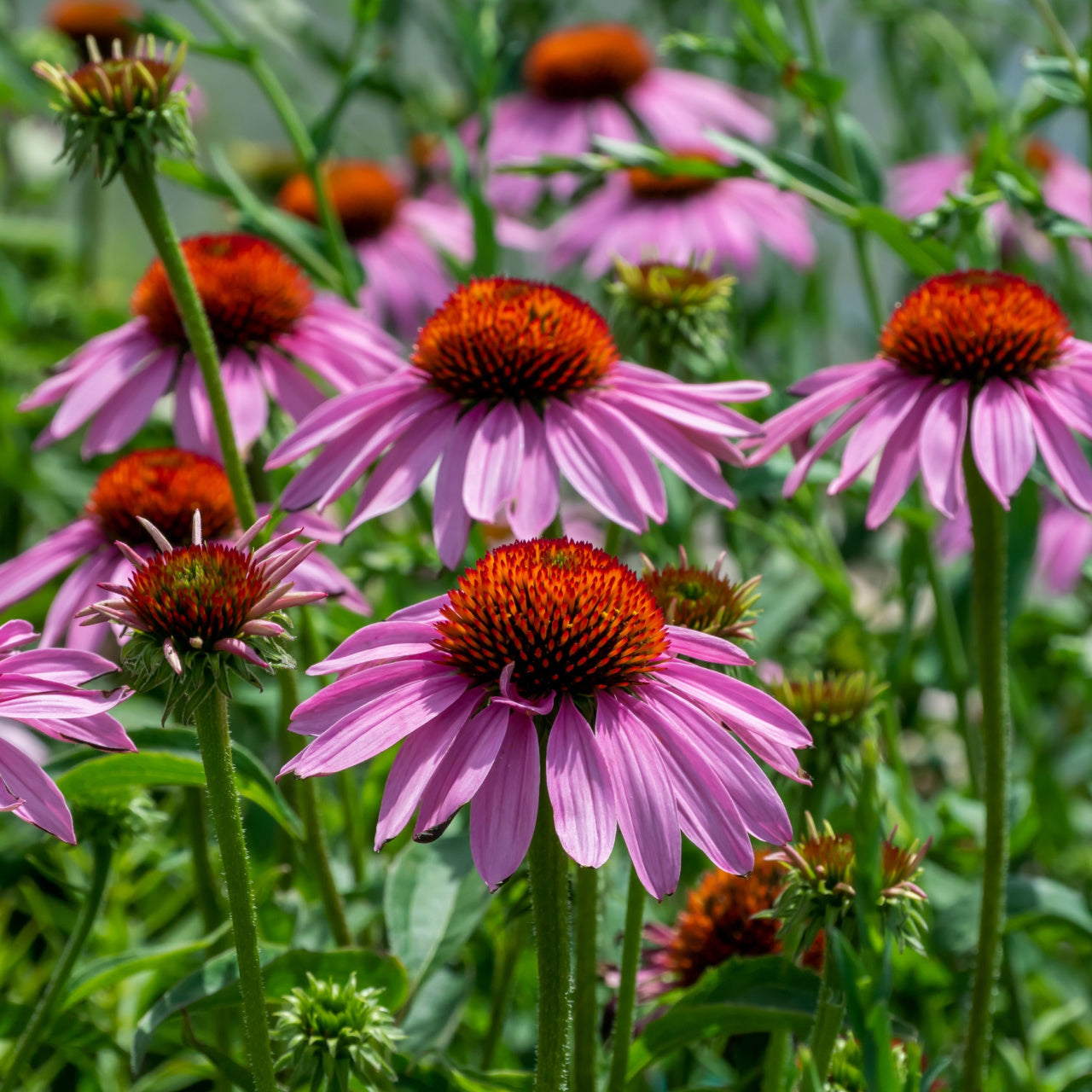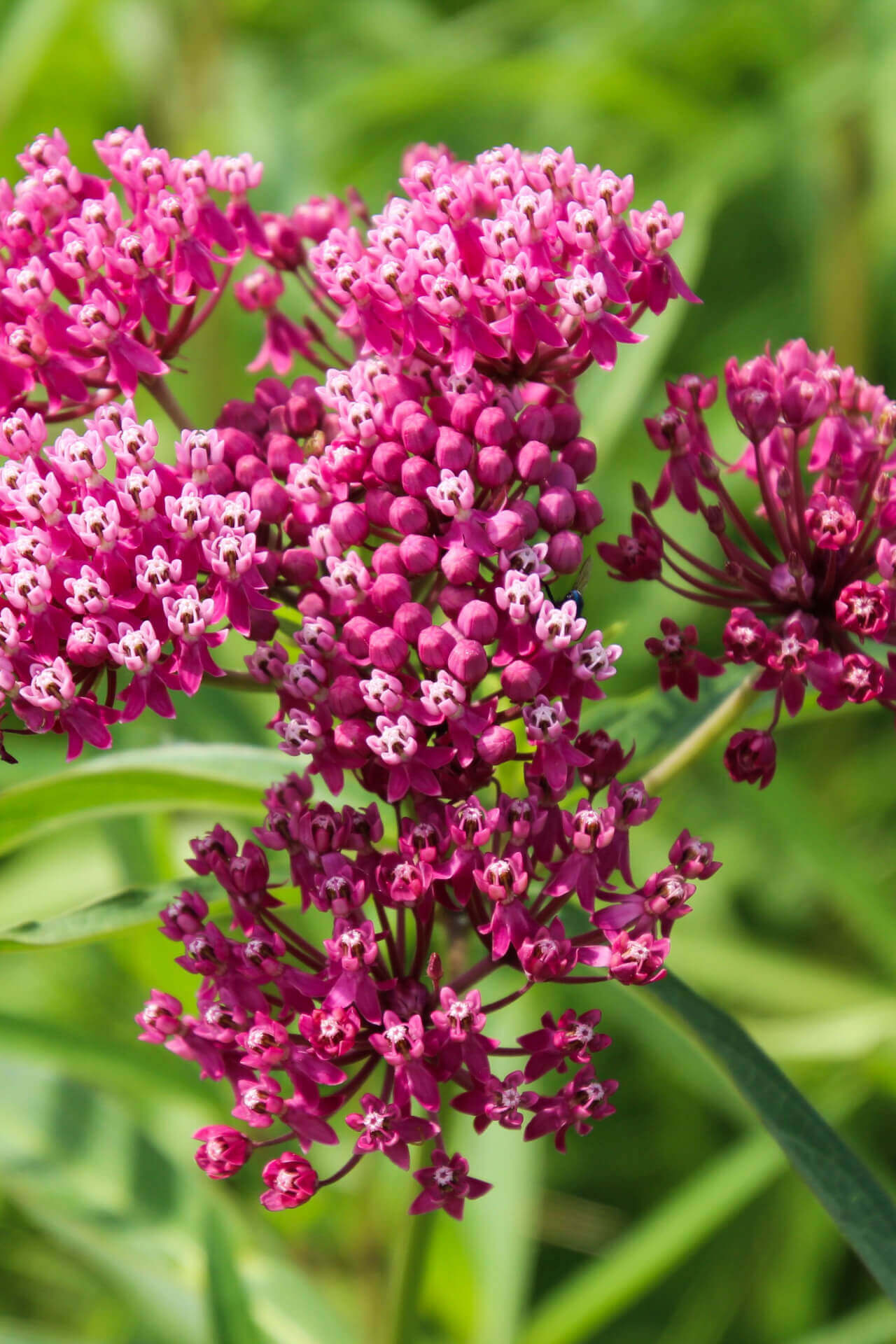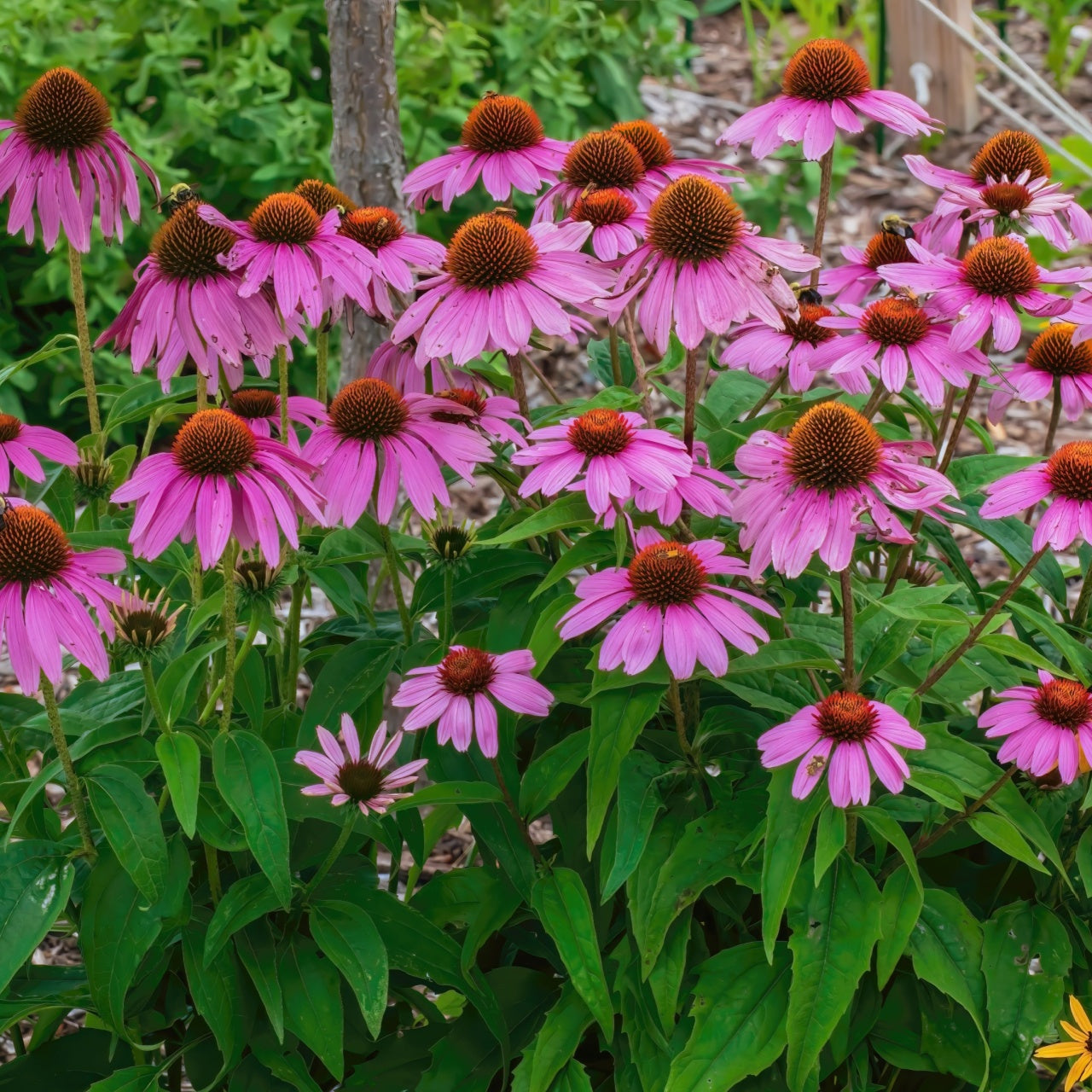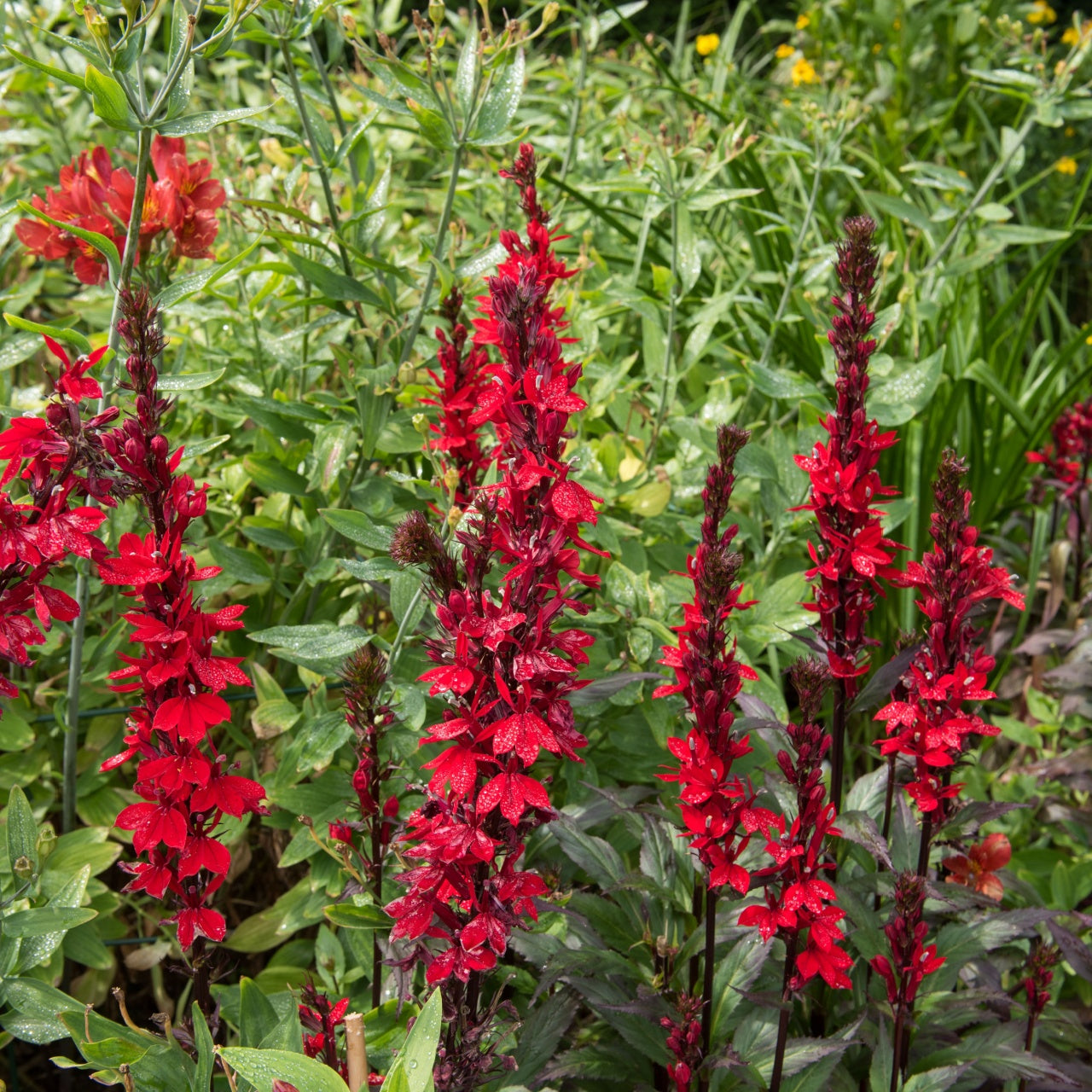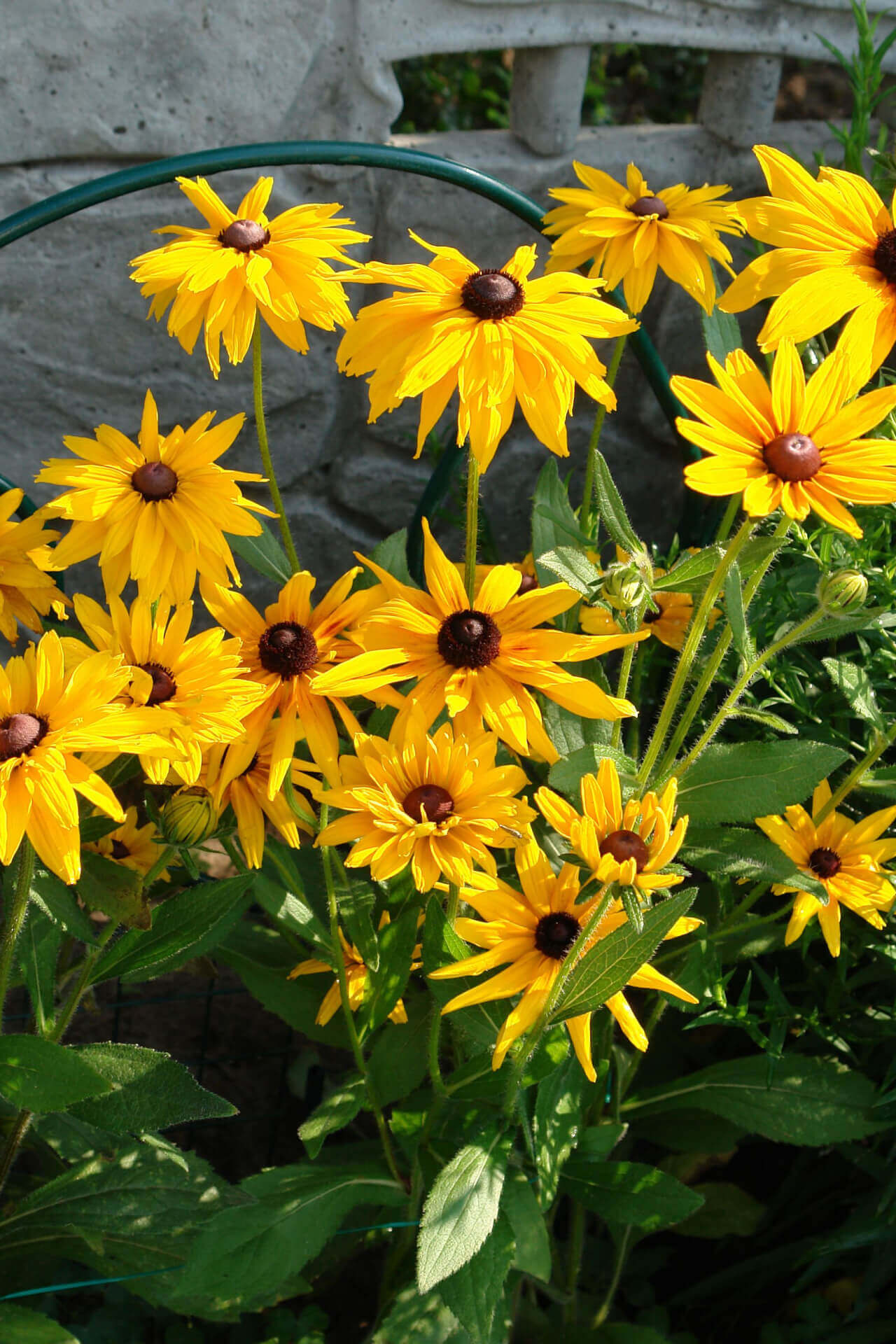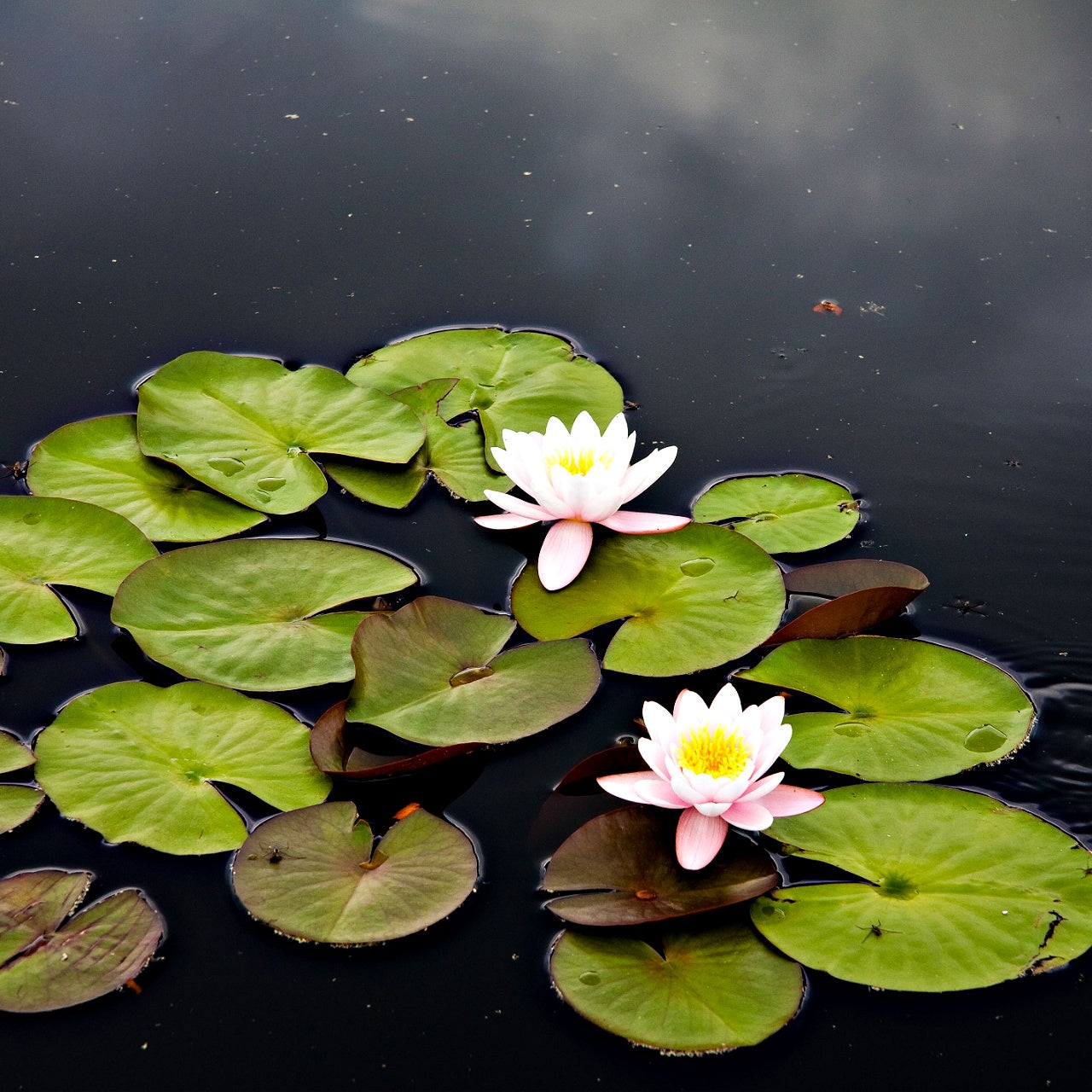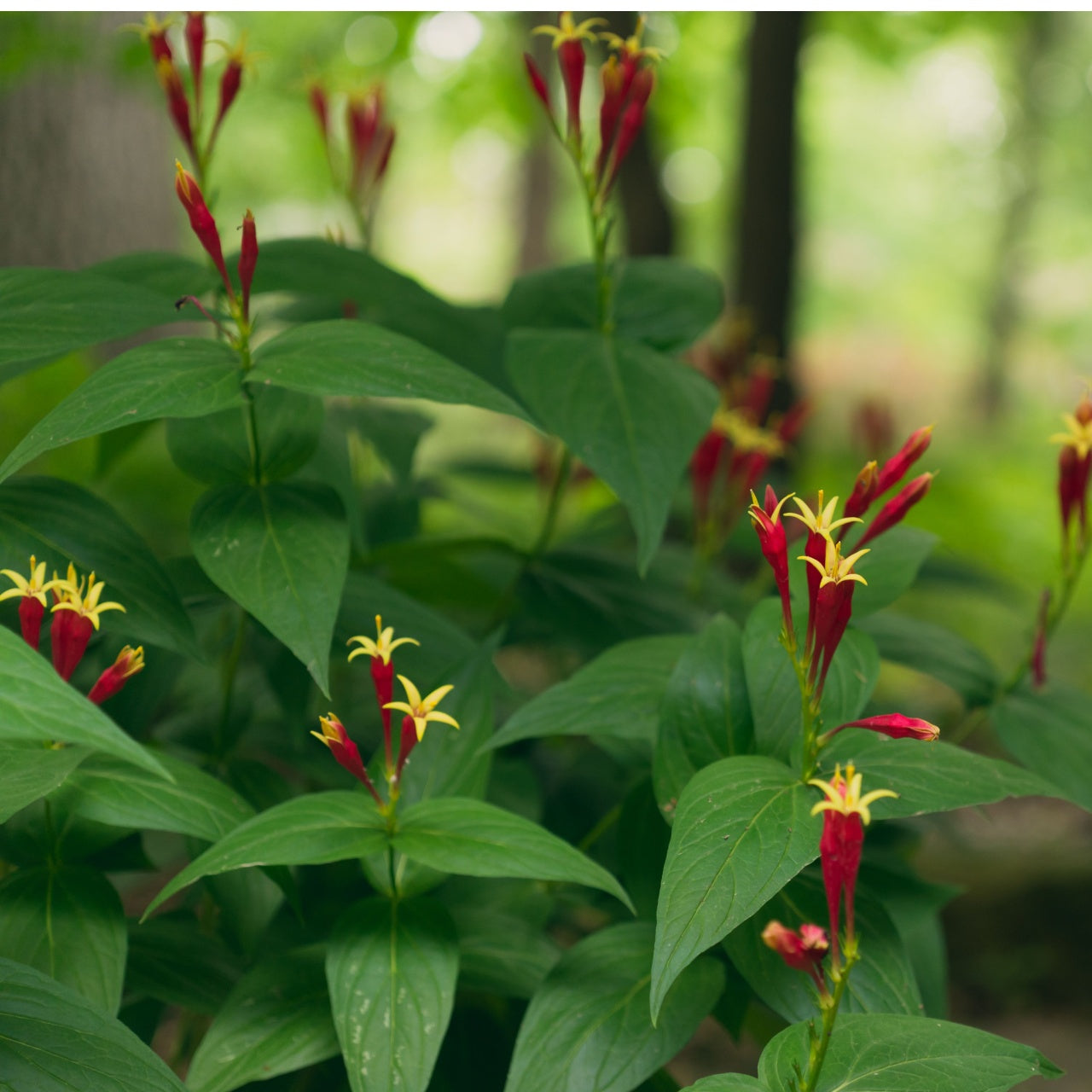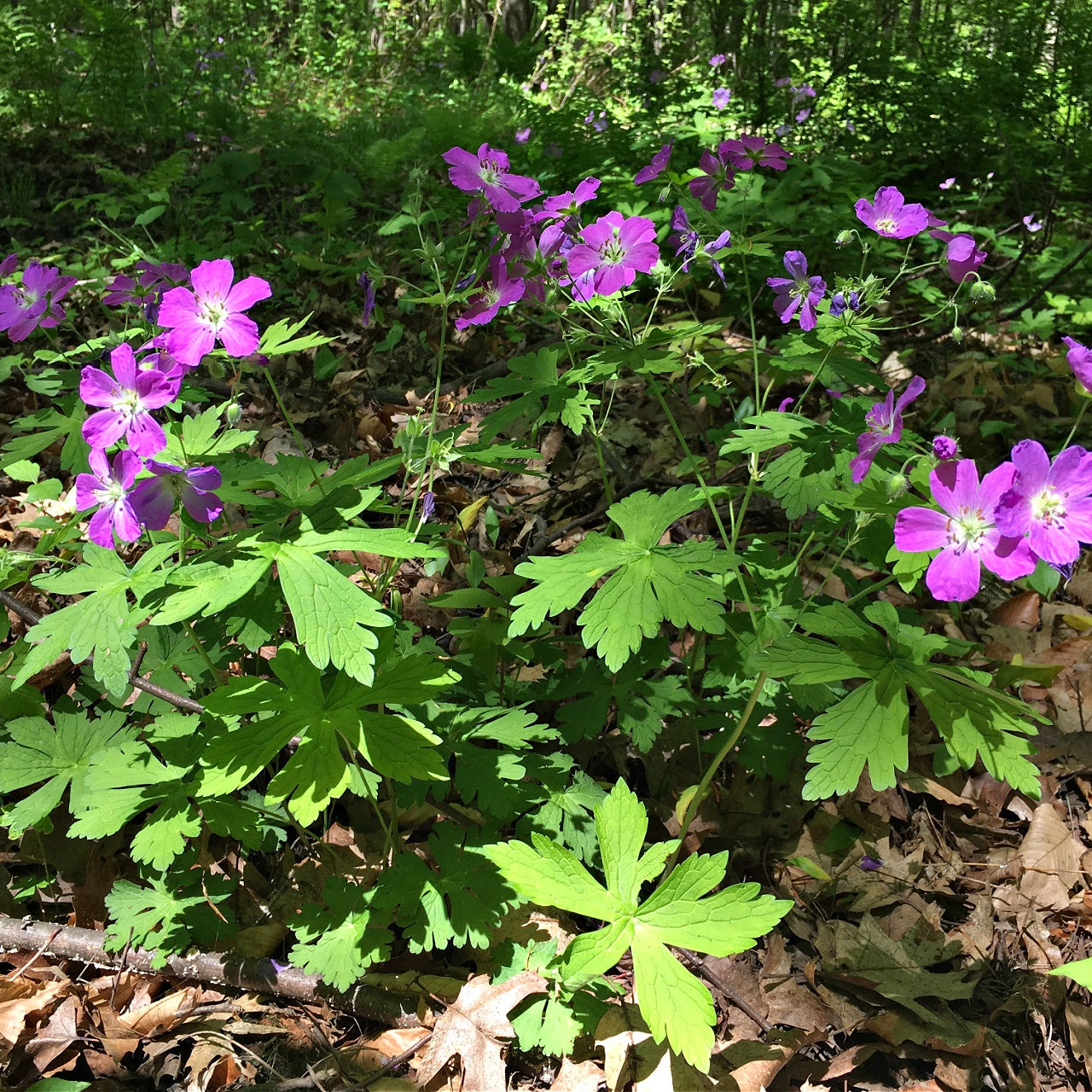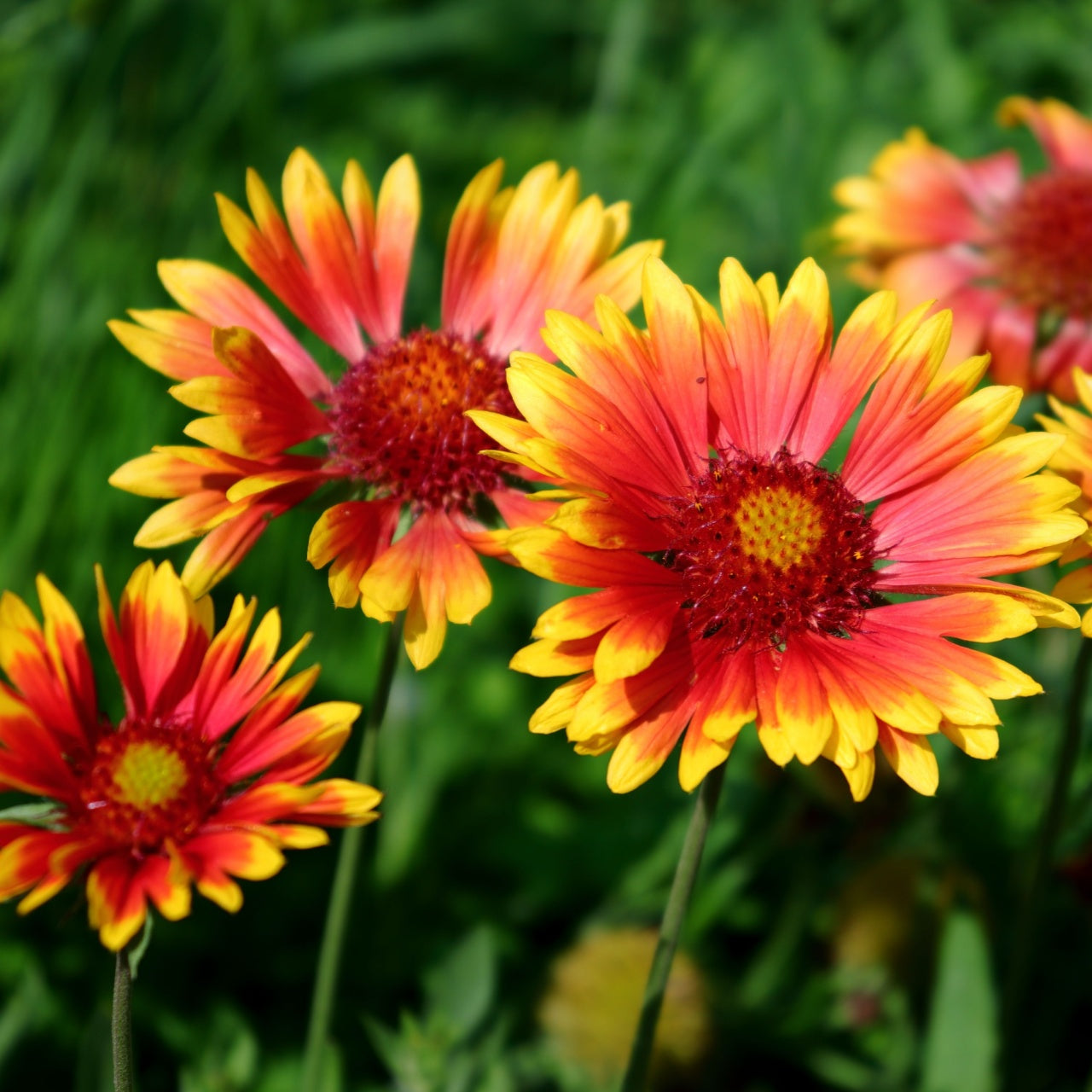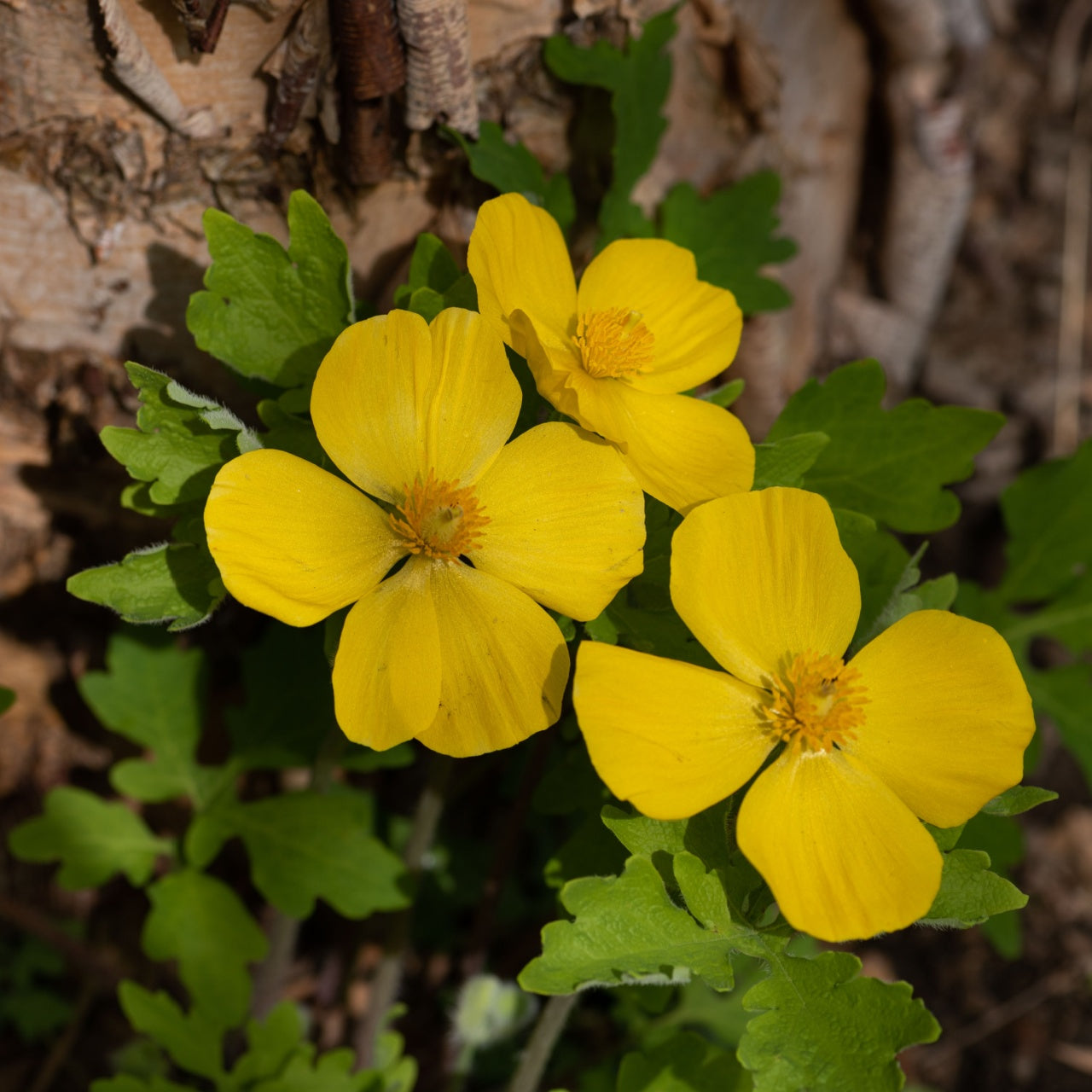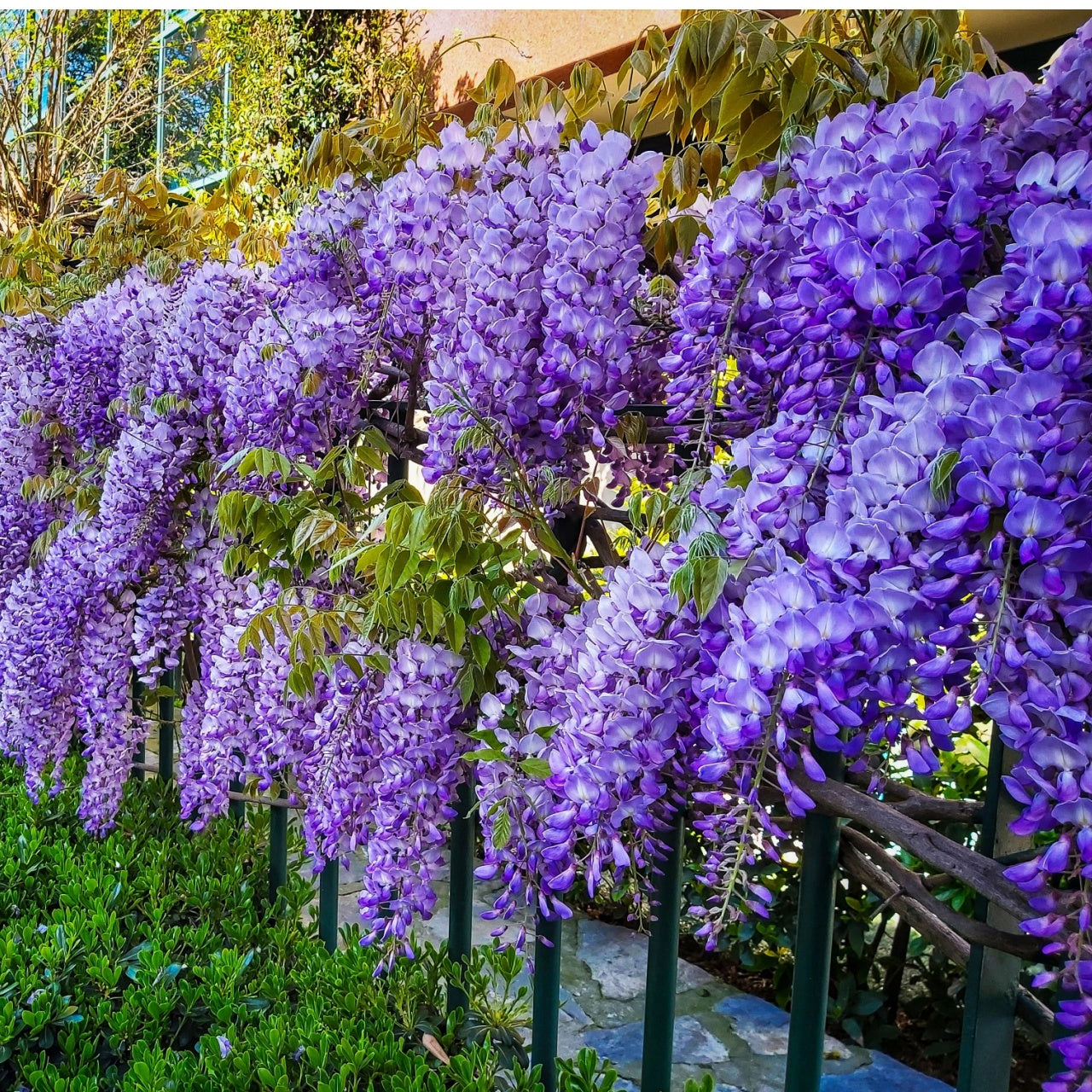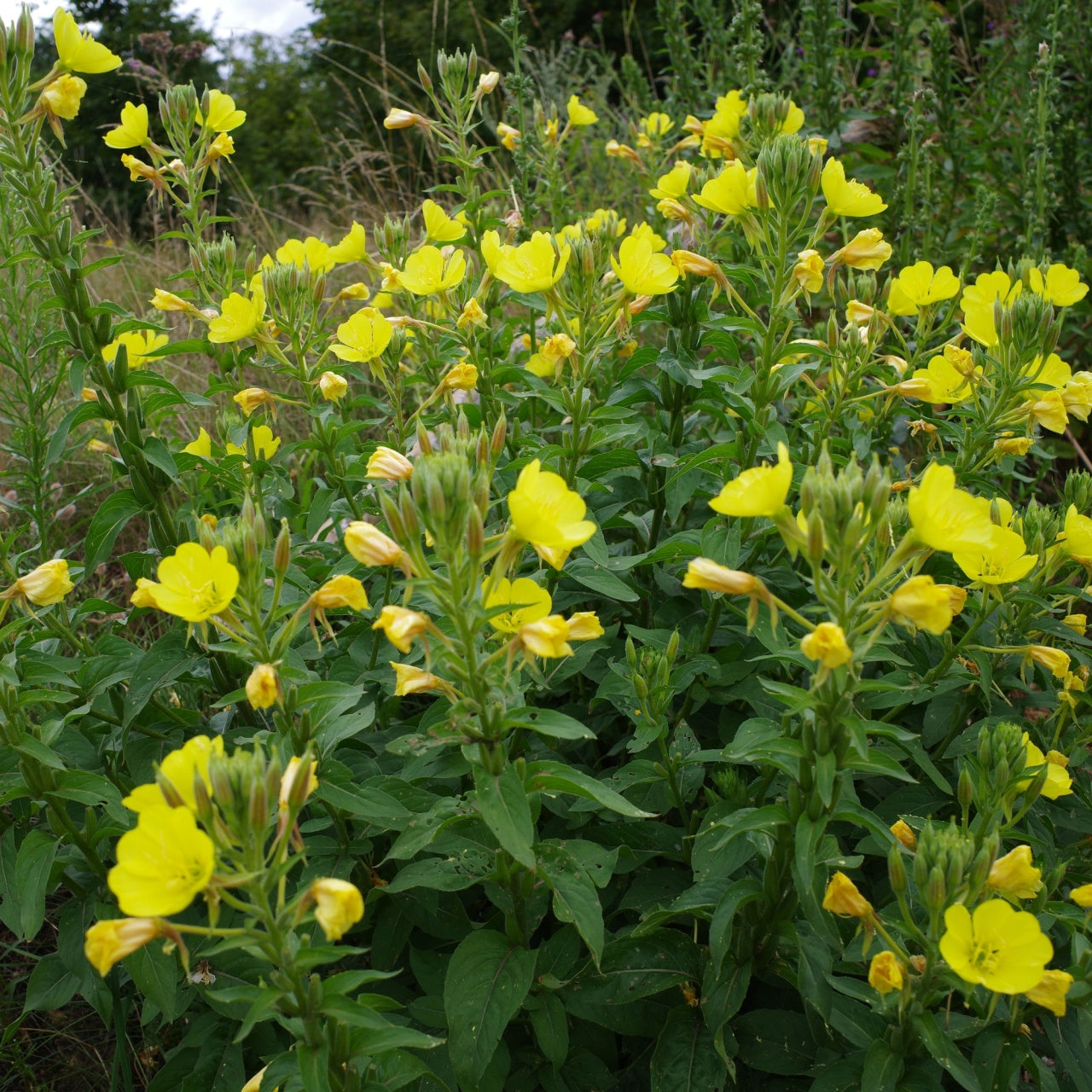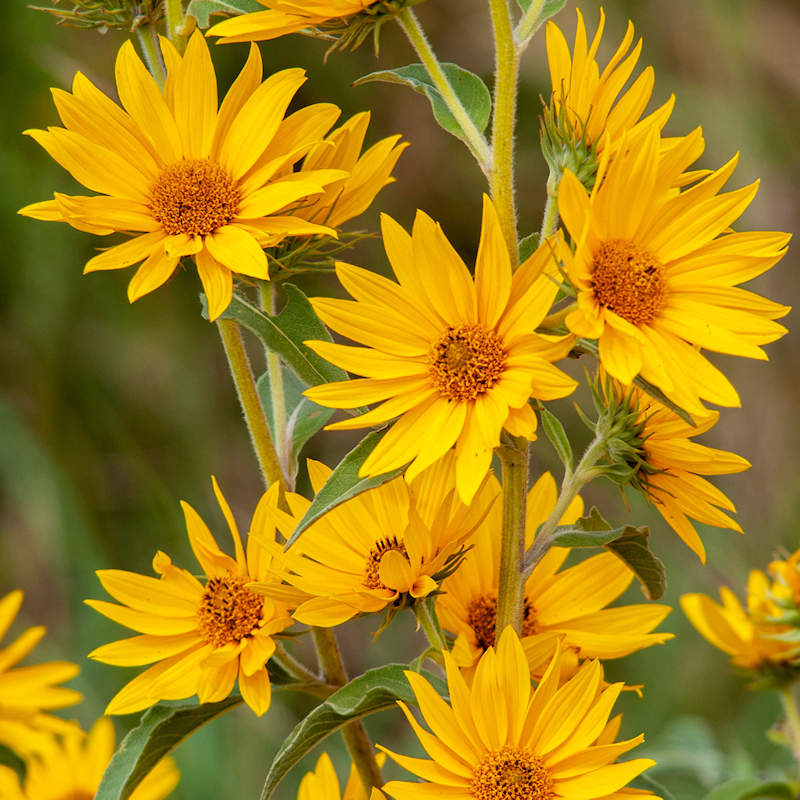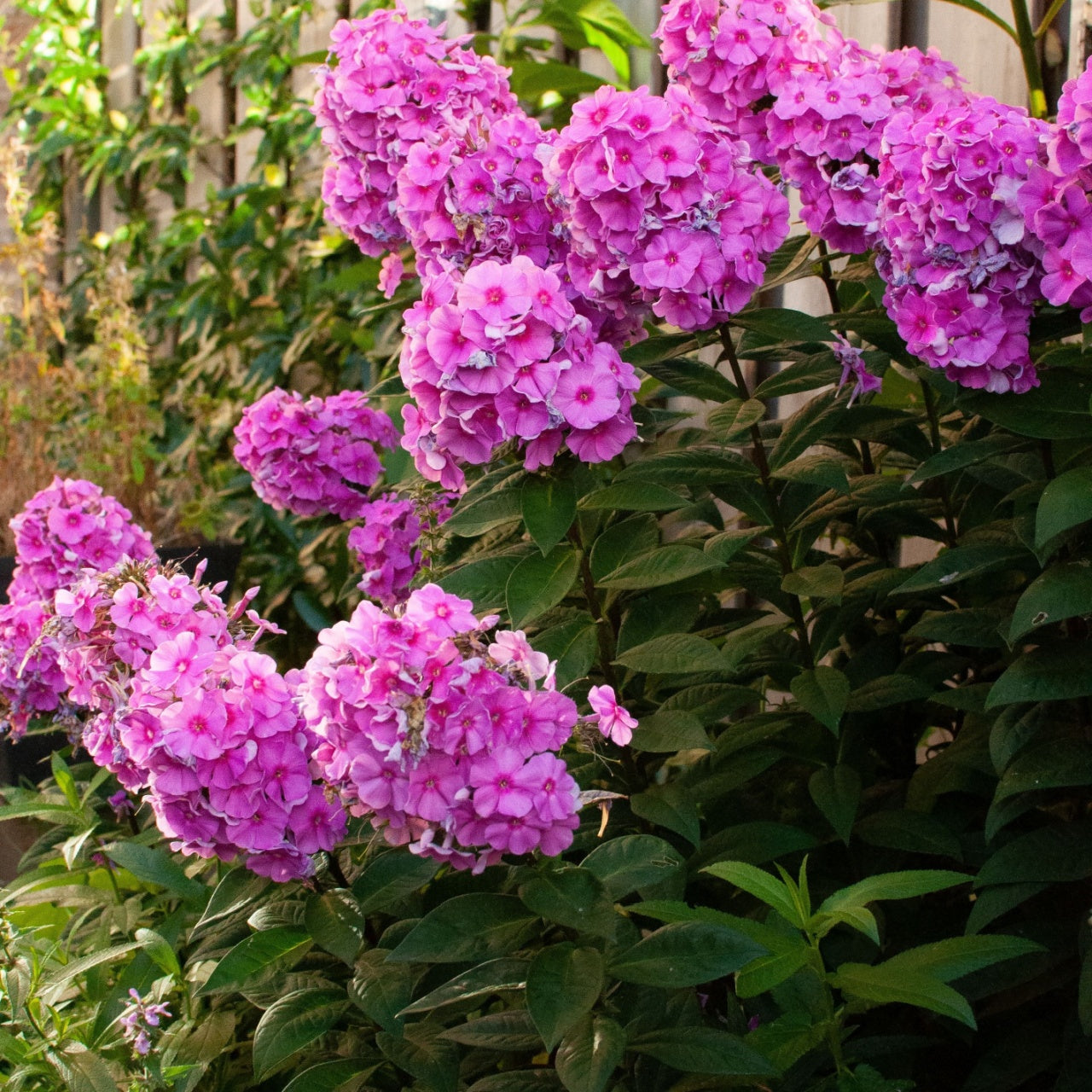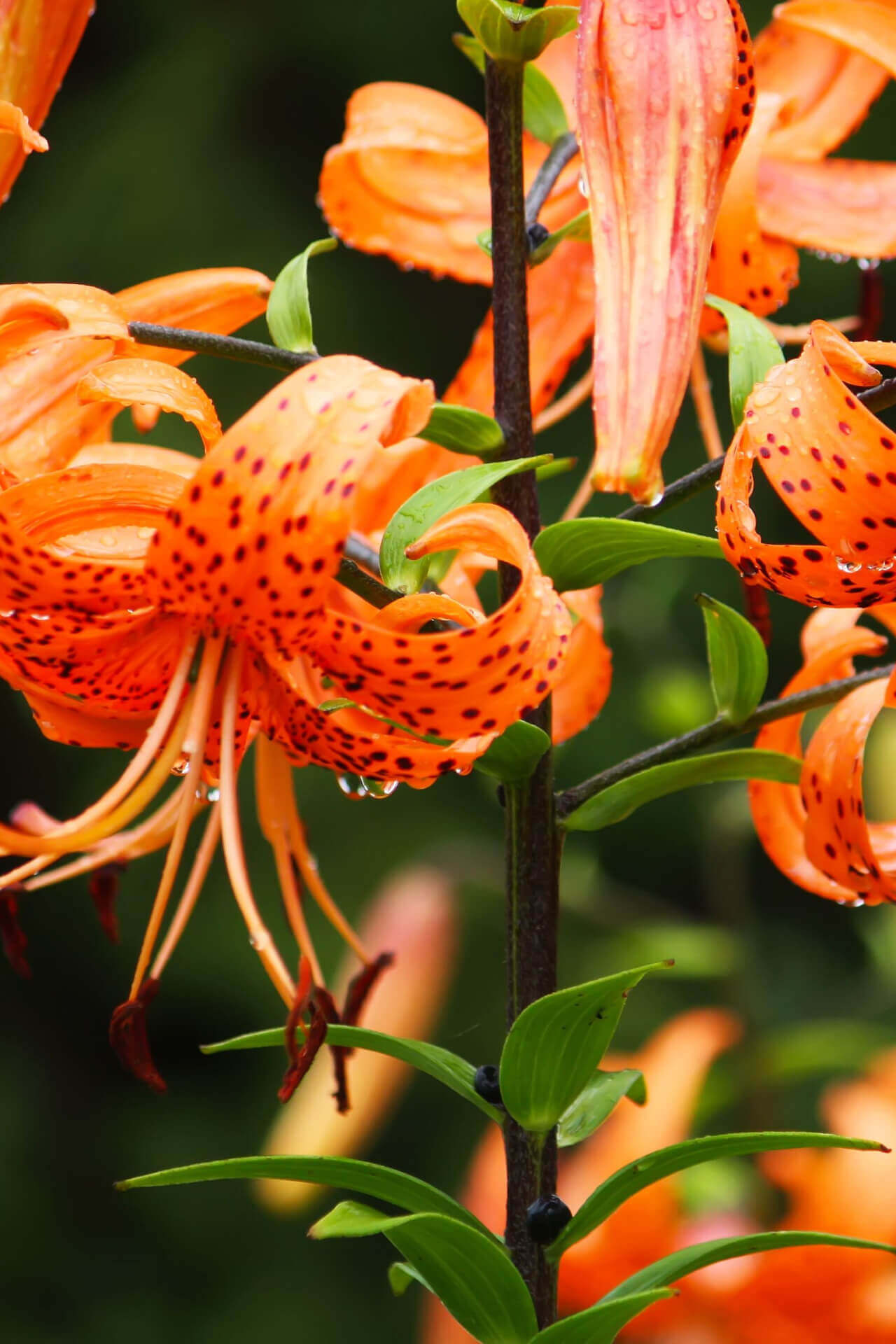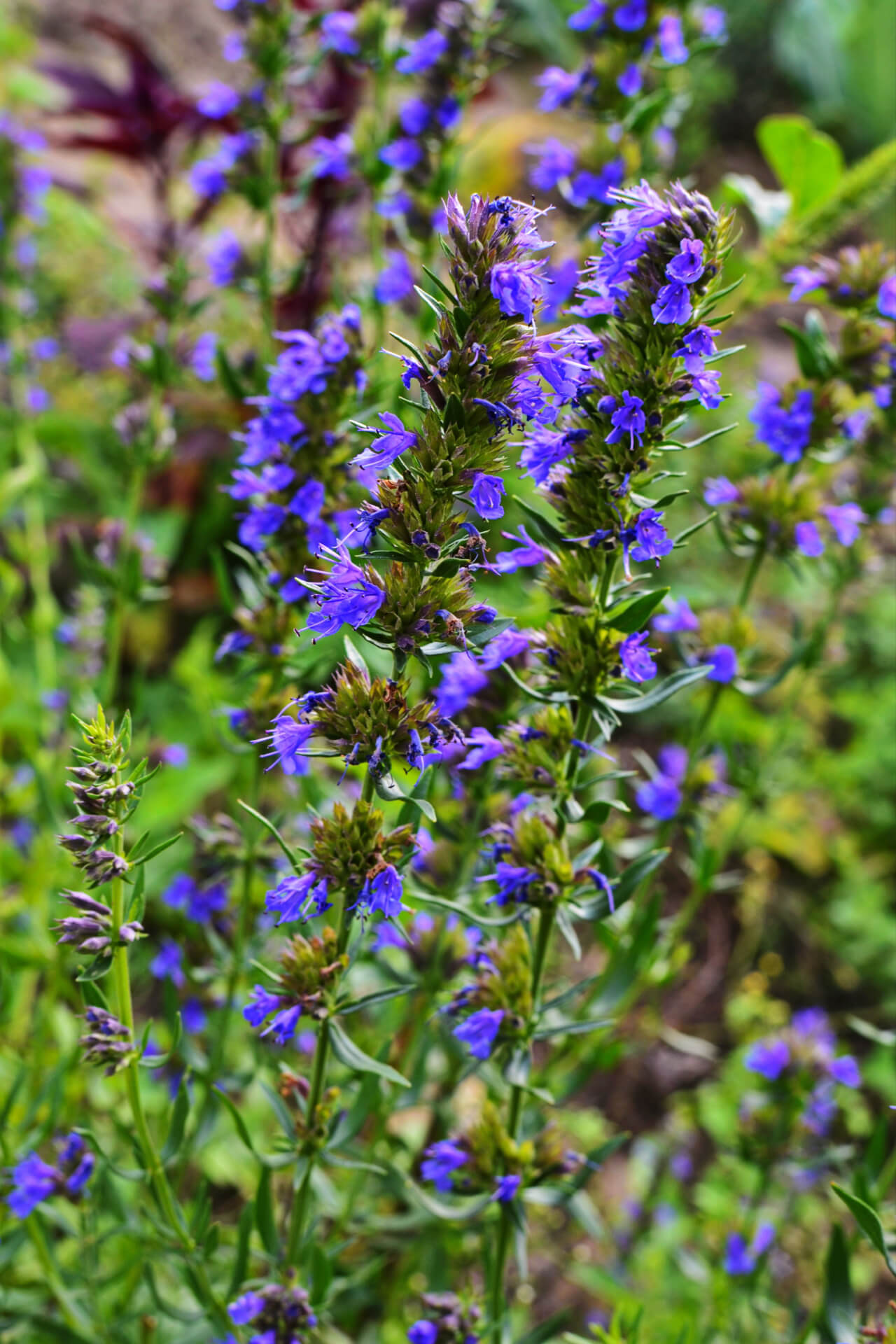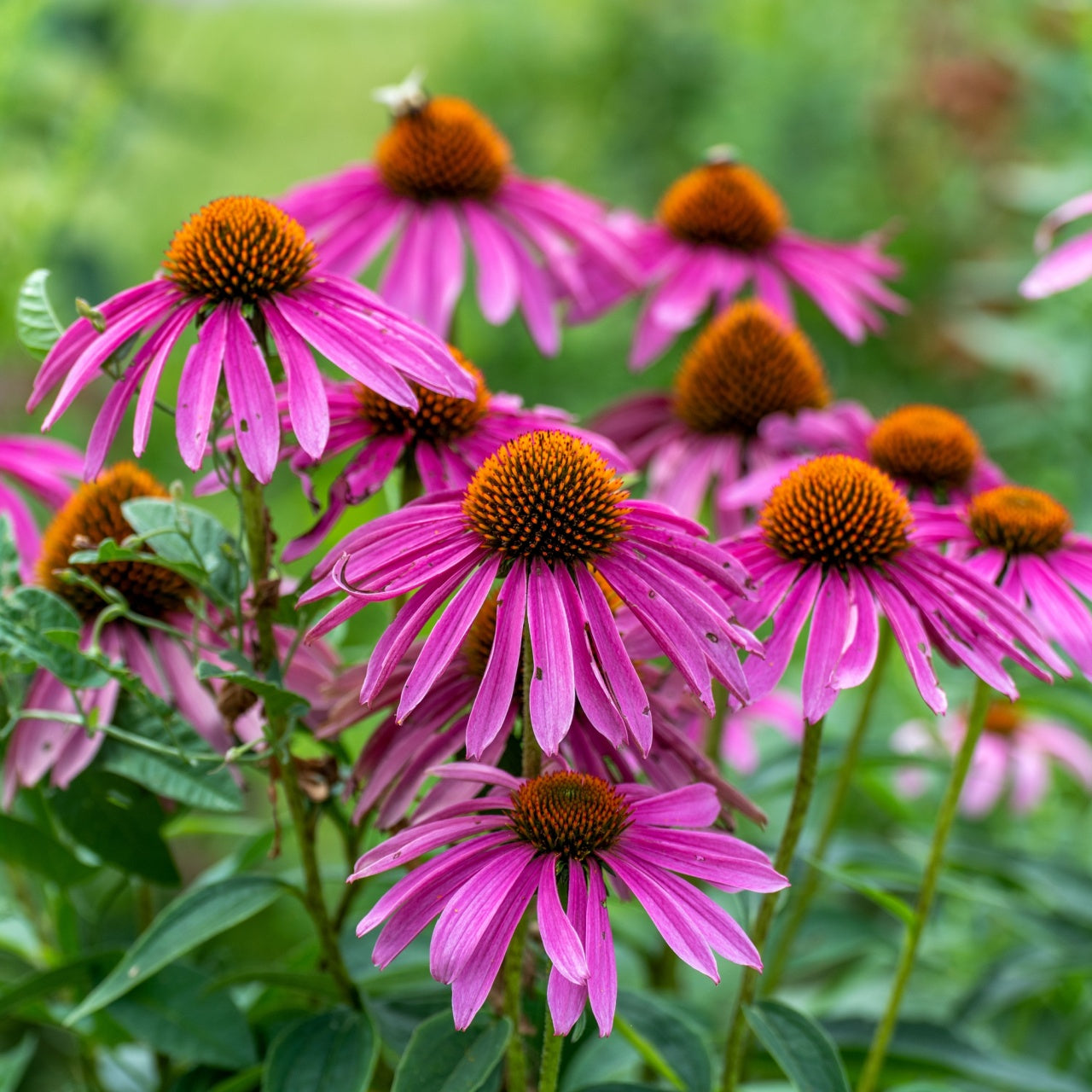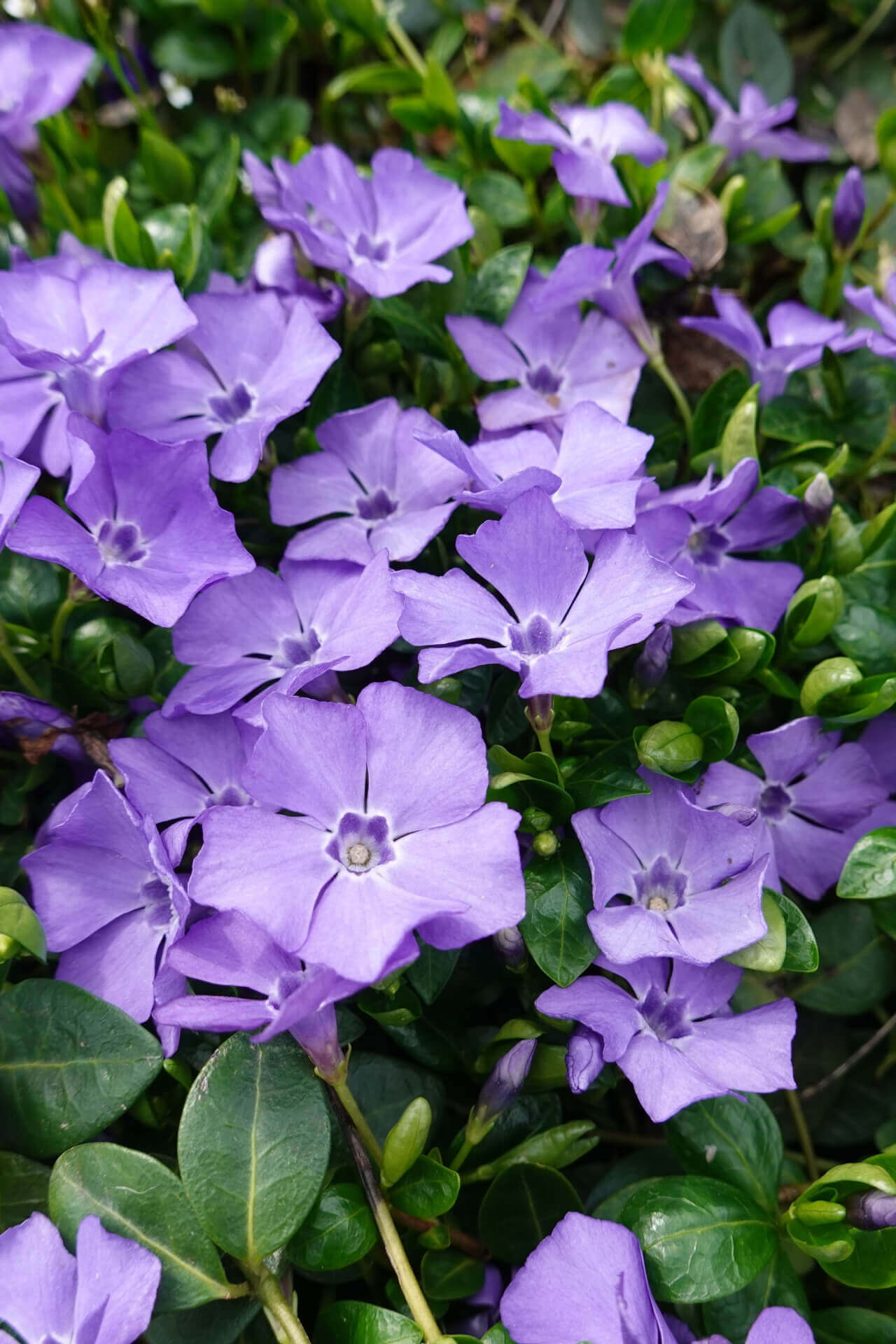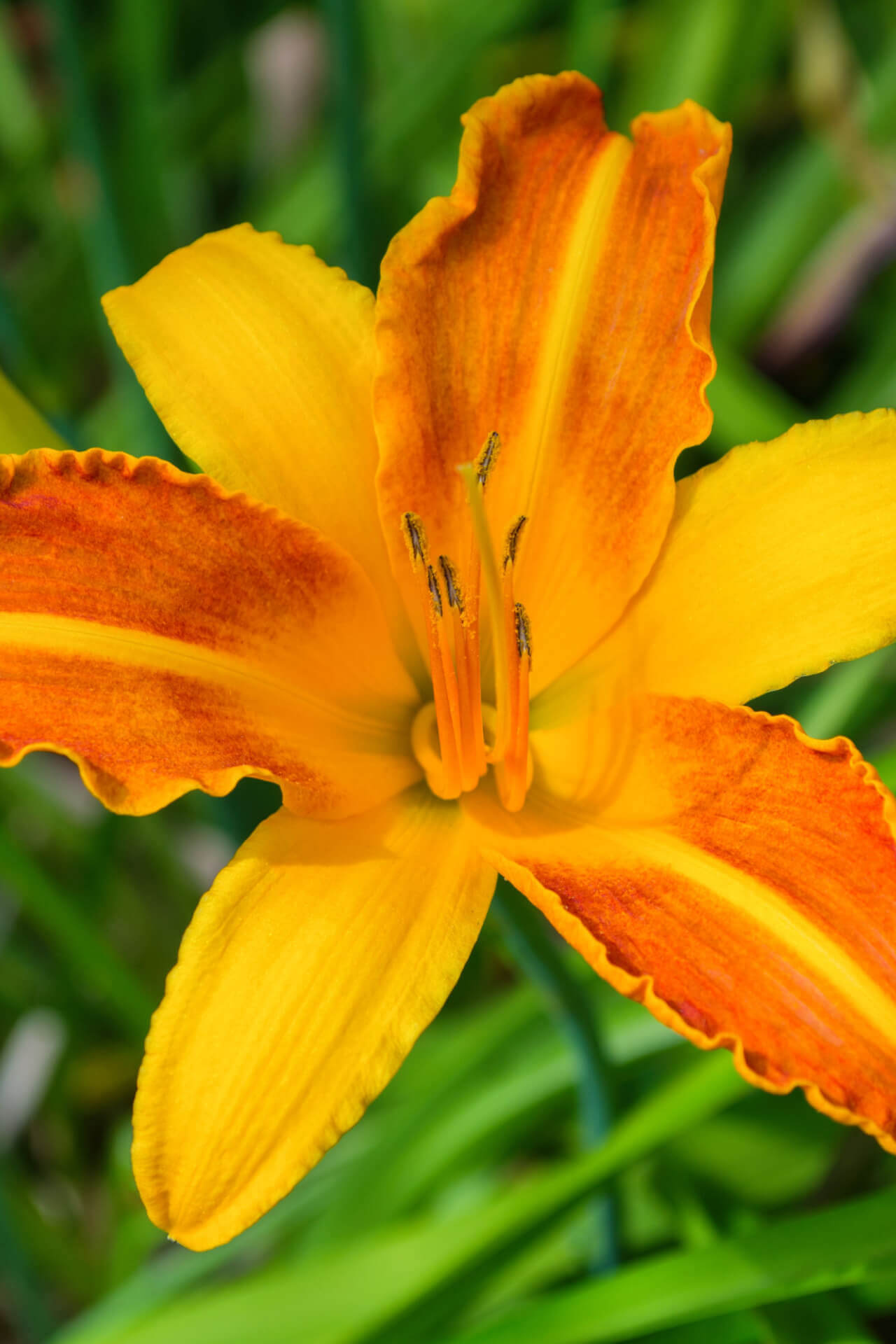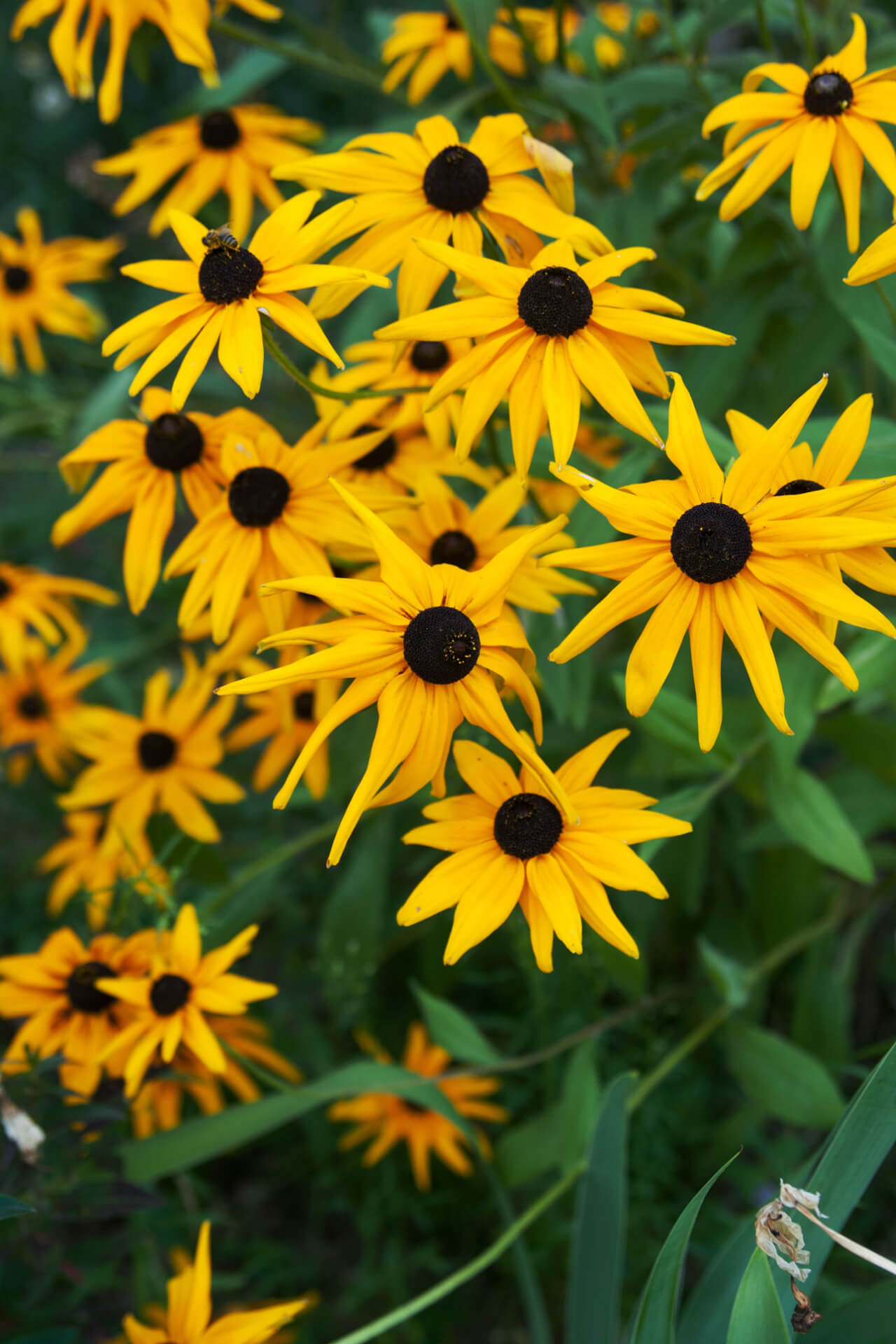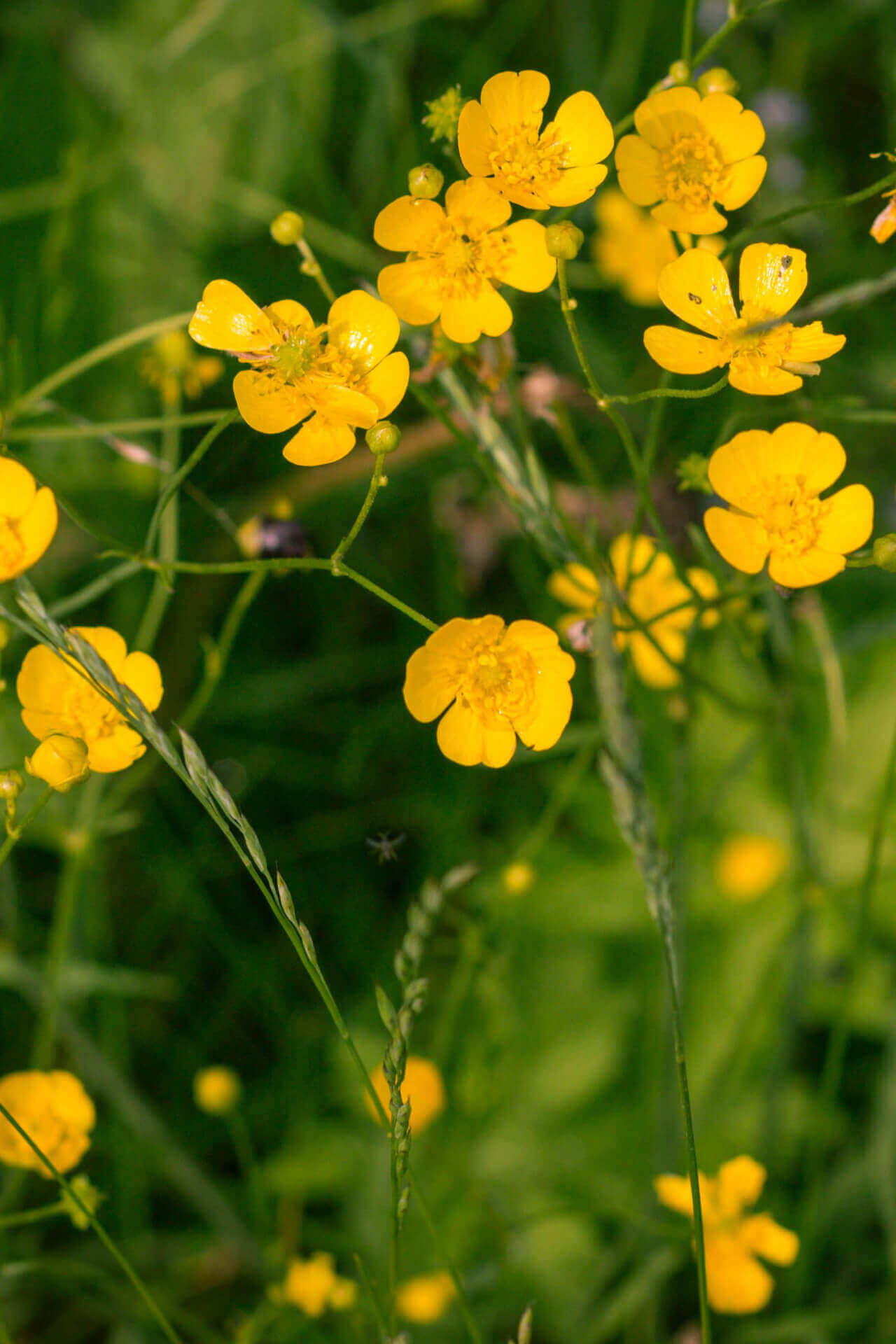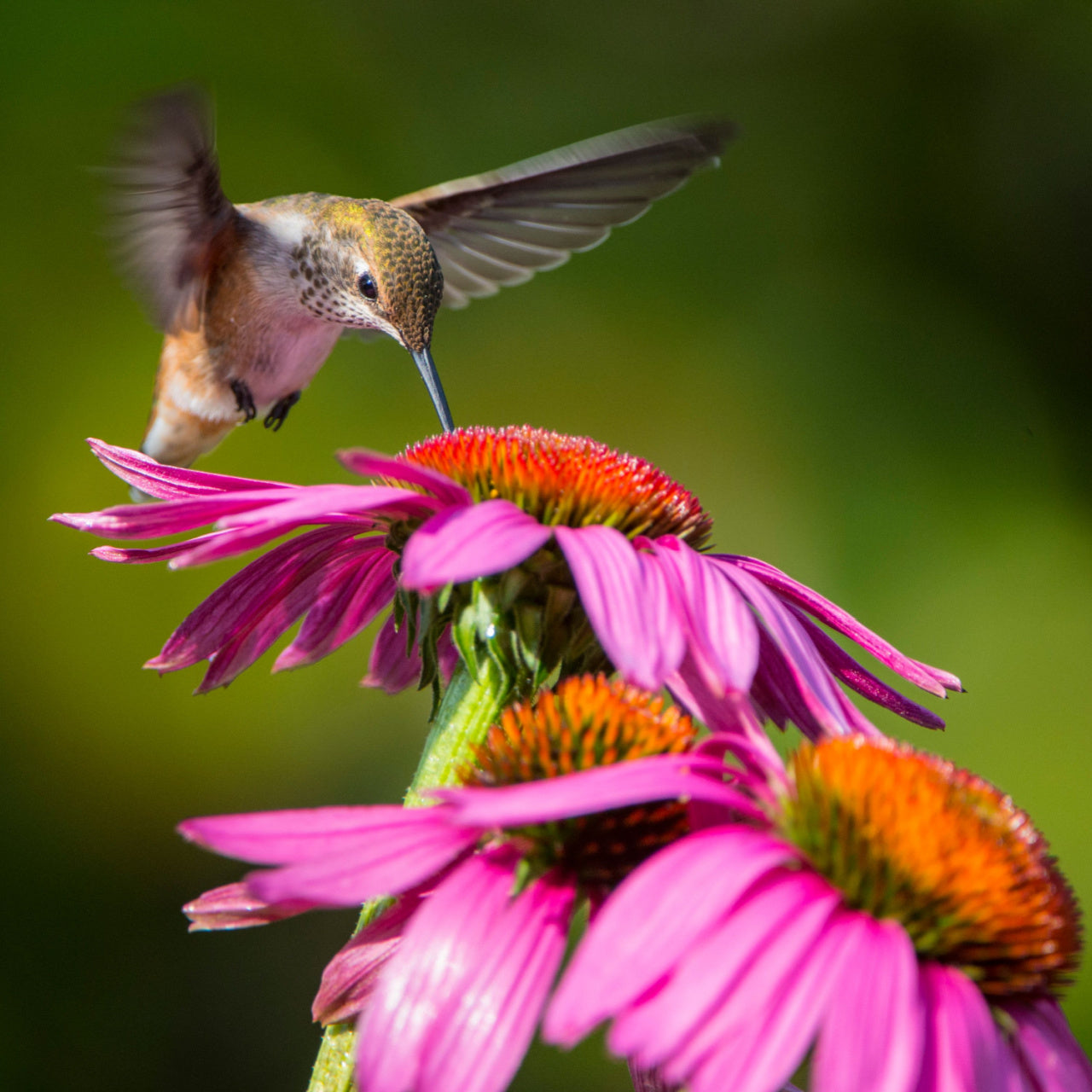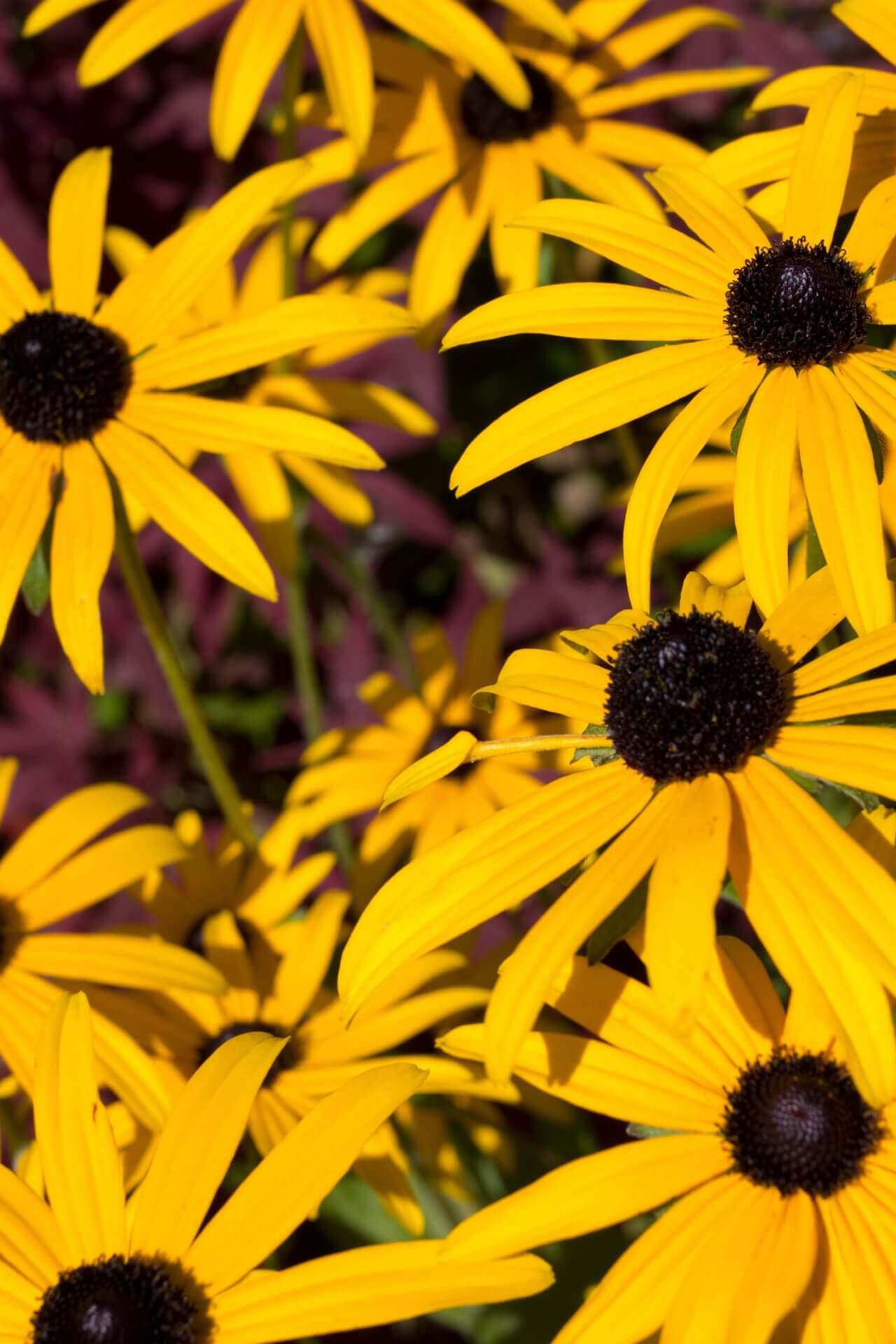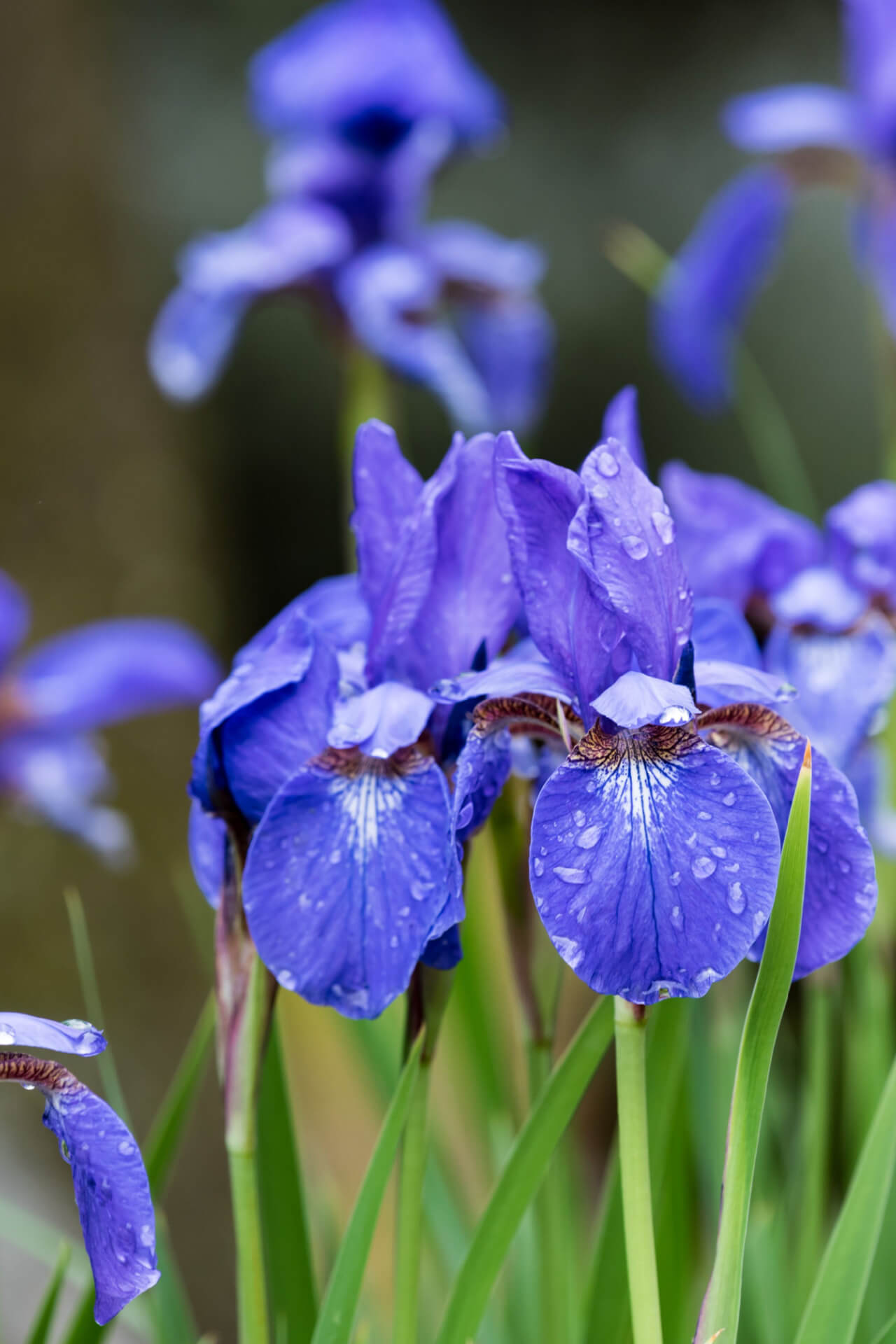Long Blooming Perennials For Sale
Some flowers are here and gone in a flash, but long-blooming perennials keep the show going for months. If you’re looking for reliable color that stretches from early summer into fall, our collection of long-blooming perennials offers the kind of staying power every gardener dreams of. These aren’t one-week wonders—they’re proven performers that brighten borders, beds, and pollinator gardens all season long.

Enduring Beauty from First Bloom to Frost
At TN Nursery, we’ve hand-selected hardy perennials known for extended flowering cycles and minimal maintenance. Whether you're planning a wildflower-inspired meadow or a crisp, formal border, these varieties will pull their weight and then some. With staggered blooms and strong stems, many also attract butterflies, hummingbirds, and bees, making your garden as colorful as it is.
Customer Favorites That Bloom and Bloom:
-
Coneflower (Echinacea)
-
Bold and upright, with petals that last well into fall.
-
Blanket Flower (Gaillardia)
-
Fiery tones and repeat blooms even in dry conditions.
-
Stella D’Oro Daylily
-
A compact, reblooming favorite that needs little care.
-
Yarrow
-
Tough, feathery foliage with clusters of bright blooms that keep coming.
Why Gardeners Trust TN Nursery for Long Blooming Perennials
We dig and ship our perennials bare root, fresh from the field, and ready to thrive. Our long blooming varieties are chosen not just for their color, but for their proven ability to flourish in gardens across the country. Whether you're designing for curb appeal, pollinator support, or lasting summer beauty, these plants return stronger each year—no replanting needed.
